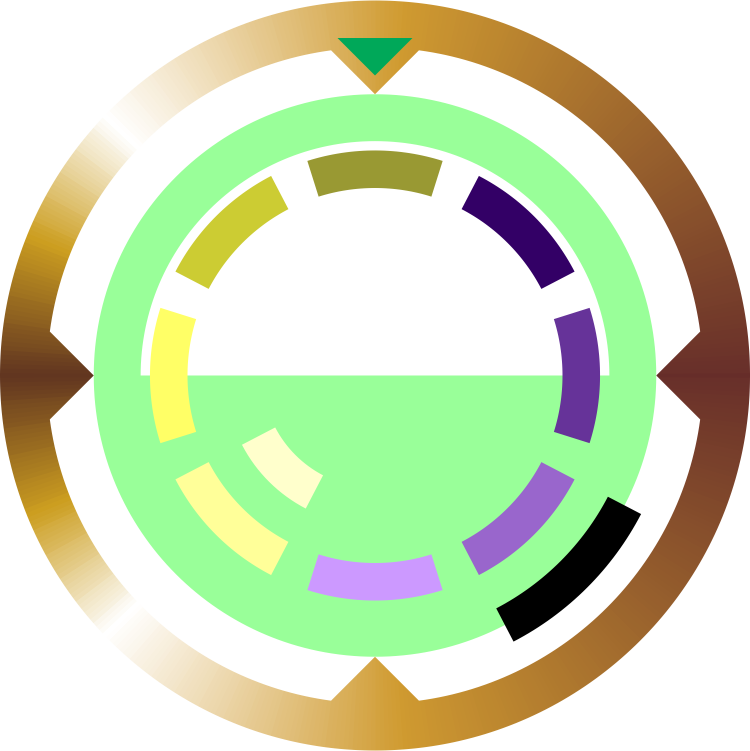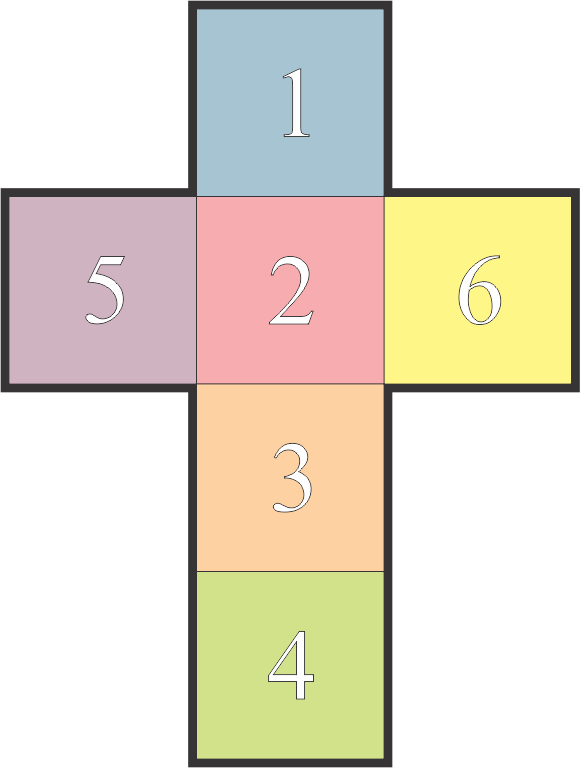Location Hash
The Navigator's Guild is careful not to promote - or even permit, to the extent that they can engineer public policy - developments in computer science that might render their services obsolete. Even so, the convenience of certain compression techniques originally developed for use in dieseltech devices sometimes proves too alluring to ignore. Such is the case with the "location hash," a means by which a specific location in the Manifold Sky setting can be expressed as a number or pair of numbers of as few as 16 bits in length.
Morphology
A simple location hash is comprised of sixteen bits of information and can narrow down the location to a cube of around six and a quarter miles on a side. An extended format takes up 32 bits - the upper limit of GasKIT interpreters - and further increases the accuracy to around a half mile. Following a location hash with another location hash on an adjacent cube face gives all three coordinates required to indicate a location in the air over a cube layer, as well as providing additional accuracy by indicating whether the location is near the center of a volume of space or near a shared edge or vertex of that volume.
Index 0 - Medial
Index 1 - Ventral
Index 2 - West
Index 3 - Rostral
Index 4 - North
Index 5 - Distal
Index 6 - Dorsal
Index 7 - East
Index 8 - Caudal
Index 9 - South
Index A - The location transcends tesseracts but otherwise lies in the same three-dimensional coordinates across two cube layers. Rarely used except in unusual circumstancs, such as the hunt for The Garbage Man using his dimensional shift power. A second location hash must follow to indicate in which cube one end of the phenomena lies.
Index B - Similar to A, the location transcends tesseracts but otherwise lies in the same three dimensional coordinates across more than two cube layers. Several coordinates may follow to indicate all cube layers effected
Indexes C-F - Indexes C-F are invalid for location information, but are used in error correction and cryptography among the members of the Guild. For example, index F may be invalid on its face, but certain location hashes following it may indicate the need to use a programming gasket grille cypher to decrypt a message that comes after the hash.
5th-7th - The fifth through seventh bits indicate the cube within the forgoing tesseract in which the location lies. Indexes 0-7 indicate cubes A-H respectively in standard nomenclature.
8th-10th - the eighth through tenth bits indicate the face on or above which the location lies. Indexes 0-5 indicate faces 1-6 respectively in standard nomenclature. Indexes 6 and 7 are invalid, but, in combination with the following values, may represent a signature, cryptographic key, or indication of error correction (see above).
11th-16th (or 32nd for extended format) - Each pair of bits from the eleventh position onward indicates an increasinly narrow square of terrain (or cube of volume) on a given cube layer. The first pair subdividest the face into quadrants, then the next pair subdivides the quadrant into quadrants, and so forth. Indexes 0-3 represent the top left, top right, bottom left, and bottom right quadrants of the given subdivision respectively as presented on a standard Guild navigational chart.
Parts of a Location Hash
- 1st-4th bits - These first four bits indicate the tesseract in which the location resides. The order of indices follow the order of the day and night cycle as they progress through the tesseracts. Some tesseract codes are used for more specific purposes. These are as follows:Presentation
Location hashes are always zero-indexed and presented in little endian format. This allows for ease of transcription in left-to-right written languages and generally puts the least significant parts of information the furthest along the line on the programming gasket. When written down, it is most common to use a set of four hexadecimal digits to represent a location hash, rather than writing out the entire binary string, for the sake of brevity; intelligibility suffers, but this is a feature rather than a bug from the perspective of the notoriously tight-lipped Guild.Example
As an example of a location hash, the Court of Liars in Silkenvault lies on Medial 1A. The Court's grounds lie upon the rough location hash of 0000 000 000 01 11, or 0x0027 in GasKIT hexadecimal notation.
Root Languages







Comments